Consoles of the '70s
Our guide to the grandfathers of gaming
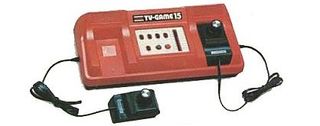
Nintendo Color TV-Game 15 - Japan
Selling over a million units, the TV-Game 15 enabled easier play now that the controllers were on cables, rather than both players having to crowd the console. Also, fifteen different versions of Light Tennis (read: Pong) were included in the package. Not to be confused with…
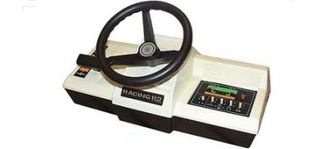
Nintendo Color TV-Racing 112 - Japan
The same year, Nintendo put out a bird’s-eye-view racing game with the console itself doubling as a steering wheel and gearshift. Trust us, the TV-Racing 112 was way less goofy than the Wii wheel. Also, the system came with two smaller controllers if you ever wanted some low-def multiplayer.

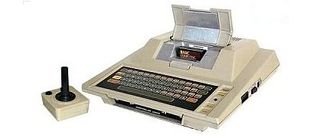
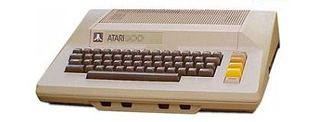
Atari 400/800 Home Computer
The Atari 400 and 800 series were introduced to compete with other home computers, which at the time included the Apple II and Commodore PET. The 400 and 800 stood for how much RAM each system contained (4KB and 8KB respectively), but by the time both were released the prices of RAM had dropped so much that they all included 8KB. Despite the feature-rich 800, the more affordable 400 outsold its big brother. Atari would continue to introduce a billion new home computers each year.
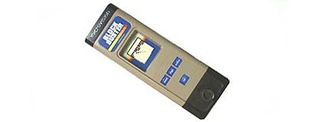
Milton Bradley Electronic Game System Microvision
Developed by prominent board game kingpin, Milton Bradley, the Microvision was a handheld, cartridge-based system. Very few games were ever developed for it and hardly any third-parties gave a shit about it. The Microvision was also accident prone as it was susceptible to problems including the LCD screen to spontaneously leak, a jumpy motherboard and being able to easily break the keypad. This console didn’t deserve to live.
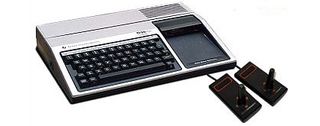
TI-99/4 Texas Instruments Home Computer
Released at a price of $1,150 in the late seventies, this home computer featured a calculator-style keyboard, which lacked the ability to type lowercase text. No matter, the TI-99/4 holds the distinction of being the first 16-bit PC. The TI-99 line popularized “plug and play” support for peripherals (what happens when you plug new devices into your computer). Was redesigned in 1981 and sold at half the price.

Nintendo Color TV-Block Busters
Featuring a similar design to the Color TV Game 6, this design featured one dial for use on included game, Breakout. This system holds the honor of being one of Shigeru Miyamoto’s first videogaming projects after joining up with Nintendo a few years prior. Undeniably, he would have a great effect on Nintendo. But that’s a story for another day.
Hear more about this article inTalkRadar.
Sign up to the GamesRadar+ Newsletter
Weekly digests, tales from the communities you love, and more
Jun 17, 2008
Most Popular




